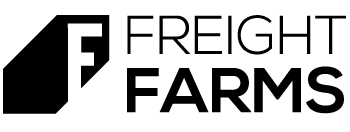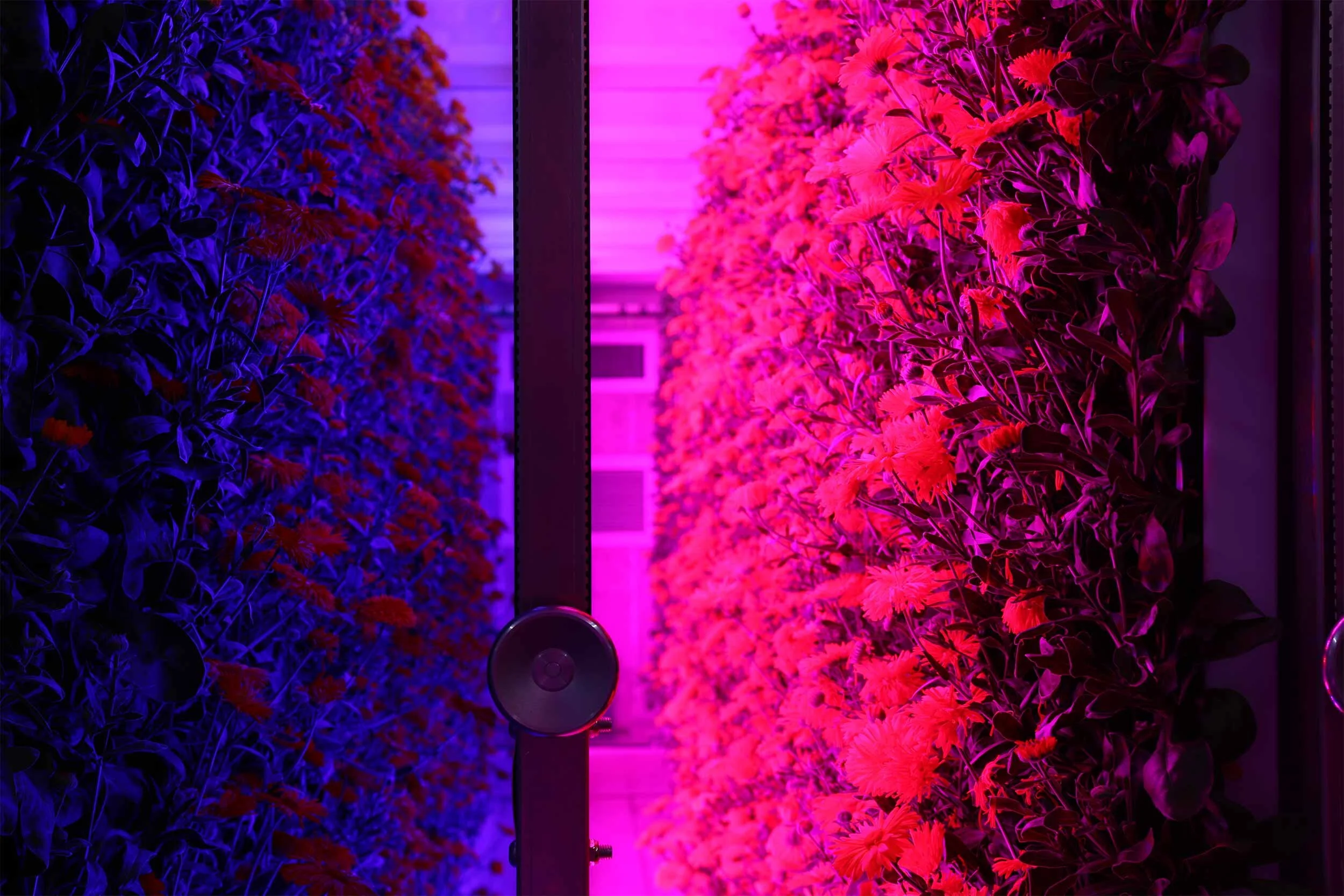From Hydroponics to Climate Control: The Technology Powering Container Farms
The Technology Behind Freight Farms’ Container Farming
Container farming has revolutionized agriculture by making it possible to grow food virtually anywhere. Freight Farms’ Greenery™ is a cutting-edge example, leveraging advanced hydroponic systems, LED lighting, and climate control to create the ideal growing environment within a shipping container.
Core Systems of Container Farming
Freight Farms’ Greenery™ integrated several advanced systems to create an optimal growing environment:
Hydroponics: Plants are grown in a nutrient-rich, water-based system that recirculates water, reducing waste and maximizing resource efficiency.
LED Lighting: Adjustable LED lights simulate natural sunlight, providing plants with the ideal light spectrum for growth.
Climate Control: Advanced sensors regulate temperature, humidity, and CO2 levels, ensuring stable conditions year-round.
Automation and Sensors: Integrated automation monitors and adjusts farm conditions in real-time, reducing manual labor and optimizing farm performance.
See the Greenery in action! Take a 3D tour to explore the full layout and technology that powers Freight Farms’ container farming system.
Container Farming Layout: The Greenery
The Nursery: This area holds up to 4,608 seedling and uses an ebb and flow hydroponic system, perfect for nurturing young plants. LED lighting is specifically designed for seedling growth, ensuring strong root development before transplanting.
Cultivation Area: Once seedlings mature, they are transplanted here to grow vertically. The space supports up to 8,800 plants with drip irrigation and customizable LED lights for precise intensity control during growth.
Flexible Workspace: Located at the entrance, this space is designed for seeding, transplanting, and harvesting. It's fully customizable with shelving, seating, laptops, TVs, and other tools to support farm operations.
Advanced Climate Control: Precision for Optimal Growth
One of the key features of the Greenery S is its advanced climate control system. This system manages temperature, humidity, CO2, and airflow with precision, ensuring consistent growing conditions. Equipped with a powerful 36,000 BTU HVAC unit, dehumidifiers, and ducted fans, the system guarantees ideal conditions in any climate—from harsh winters to scorching summers—allowing crops to flourish no matter where the farm is located.
Automation and Sensors: Streamlining Farm Operations
The Greenery uses automation and sensors to monitor environmental conditions like temperature, humidity, and nutrient levels. Powered by Farmhand® software, the system gathers data from sensors and makes automatic adjustments as needed, reducing the need for manual oversight. This ensures key functions like irrigation and lighting stay optimized, while giving farmers the ability to monitor and control their farm remotely.
Hydroponics: Efficient Nutrient Delivery
The Greenery uses a hydroponic system to grow plants without soil, delivering nutrients directly through water. The closed-loop system ensures efficient water use, recycling it throughout the farm. In the cultivation area, drip irrigation provides consistent moisture, while the nursery uses an ebb and flow system to nurture young plants. This approach optimizes resource use and supports healthy plant growth across all stages.
LED Lighting: Optimized Light for Growth
Freight Farms’ Greenery features LED lighting systems designed to mimic natural sunlight. In the nursery, LEDs are calibrated for seedlings, while the cultivation area uses more intense lighting to promote mature plant development. The lighting system is fully adjustable, allowing for precise control over light intensity, ensuring that plants receive the right amount of light at each growth stage.
Conclusion
The Greenery offers a powerful, efficient system for growing high-quality crops in virtually any environment. By combining advanced climate control, automation, hydroponics, and LED lighting, Freight Farms enables farmers to maximize space and resources while maintaining consistent results year-round. With these cutting-edge technologies, container farming provides a flexible, sustainable solution to meet growing food demands and support local food production.














